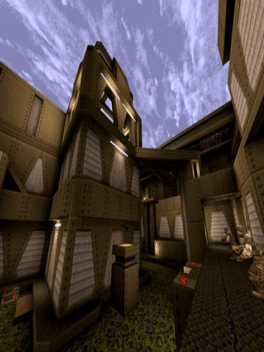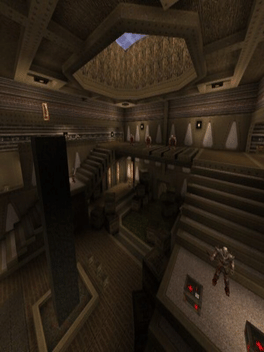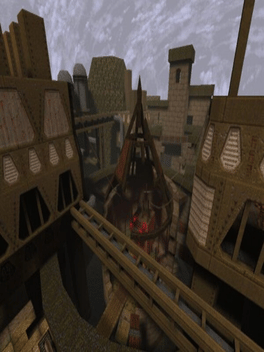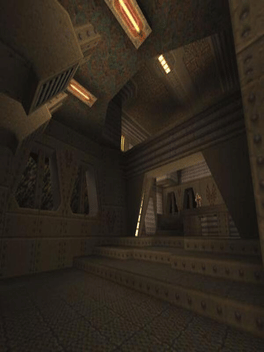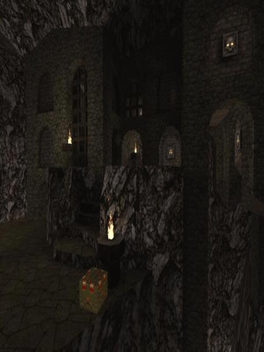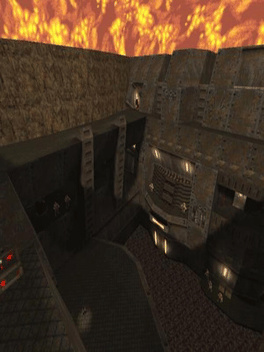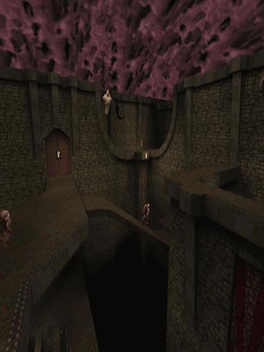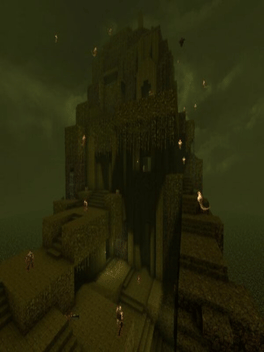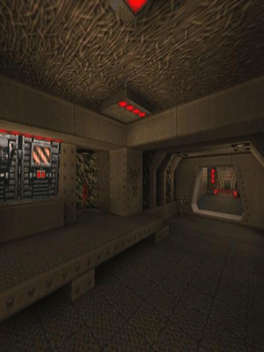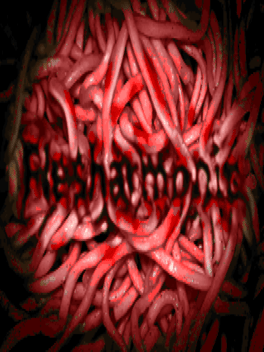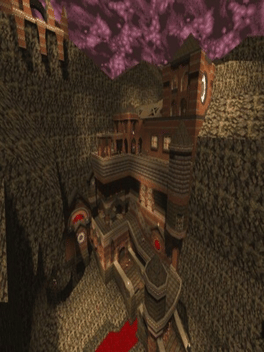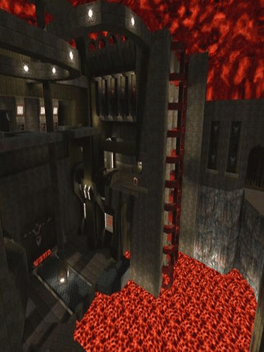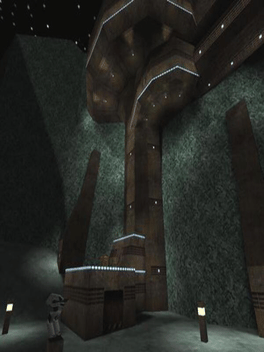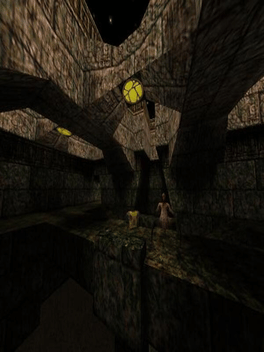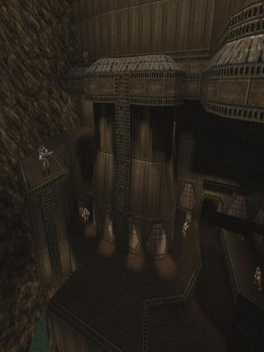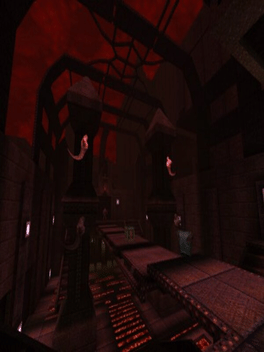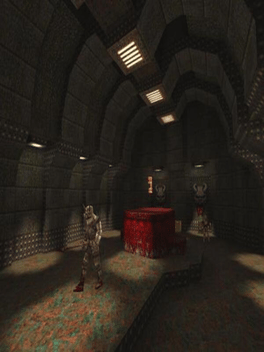Most Popular Shooter Games - Page 228
-
Prototype Jam 3
2022
Prototype Jam 3
2022
28 levels + custom start map, offering a variety of map sizes and gameplay themes. All maps were made in 1-2 weeks, using the Prototype textures by Khreathor. Built on Copper v1.19 -
Quad Run
2022
Quad Run
2022
An assorted pack of 15 levels made in 48 hours for a community speedmapping jam, all centered around the Quad Damage powerup. -
Slip Tripping
2022
-
Slipgate to a Lost Dimension
2022
A small single classic-style map inspired by id base maps but with some eldritch monsters. -
Witch House Mixtape
2020
Witch House Mixtape
2020
Small to medium-sized wiztech level, industrial structures and crumbling brick buildings blending together. -
The Slipgate Duplex
2004
-
Februus Depth
2004
-
Biotoxin
2001
Biotoxin
2001
czg's entry for the second 100brush contest: a small industrial map with Quake2 textures. -
Numb Nimbus
1999
-
Memento Mori
1999
Memento Mori
1999
A well made, pretty huge and nicely balanced medieval level. Somewhat confusing from time to time though. -
Overgrown
2020
-
Bloody Slipgates
2008
Bloody Slipgates
2008
E1M1rmx with a twist: a certain amount of red keys scattered throughout the map have to be collected in order to proceed, making the gameplay largely non-linear. -
Flesharmonic
2023
Flesharmonic
2023
It's a 20-maps megawad of raw and grilled meat to satisfy your insatiable appetite for wads! -
Dawn of Eternity
2003
Dawn of Eternity
2003
Large Metal/gothic lava fortress with a bunch of modified and new monsters, as well as a medium sized, hard secret map. Very high monster count in both maps, compensated by slight changes to some weapons and ammo system. -
Colony
2001
Colony
2001
Huge and very detailed space colony level with custom textures, new monsters such as Shock Troopers and Battle Mechs, as well as some other additional progs. -
The Castle of Koohoo
2001
The Castle of Koohoo
2001
Small mappack in a swamp/tribal setting. Features a start, main level and boss map. -
The Final Threat
2000
The Final Threat
2000
Medium to large, interconnected, professionally built IKBase map. Features the Mega Enforcer from Zerstörer. -
Temple of Azathoth
2017
-
Penile Devastation
2001

